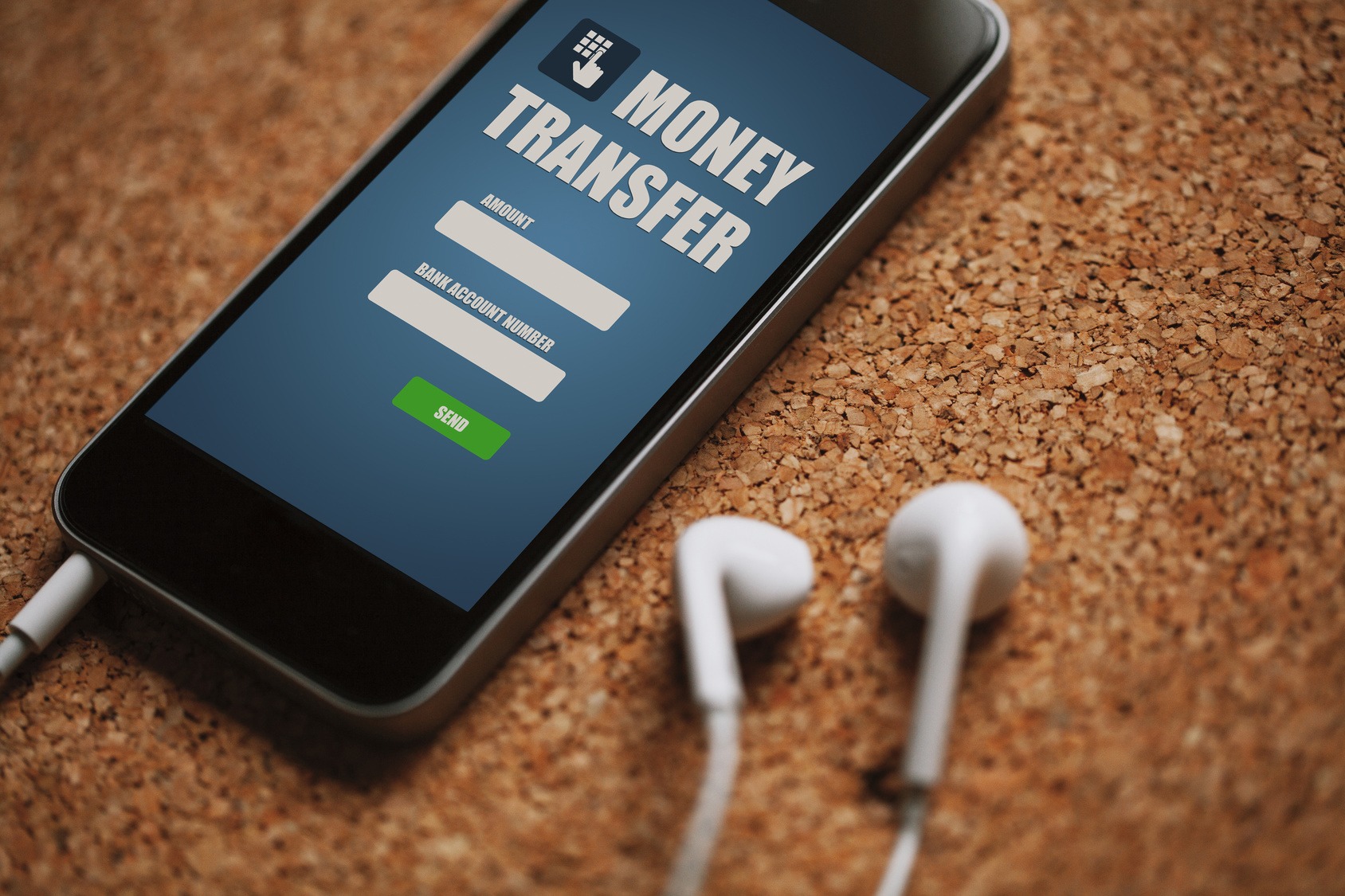In today’s world, most people carry their cell phone wherever they go. No longer just a phone, mobiles are also multi-functional tools. Mobile devices are increasingly replacing the computer for internet browsing and game playing. It’s also trying to replace our photo camera because there is no need to carry one when we always have our cell phones within reach. The cell phone is also trying to replace people’s wallets.
More and more users expect that apps will enable the possibility to pay for the goods and services directly with a cell phone. It’s in users nature to seek the easiest way to buy something — one click to make a purchase in an app is enough. Statistics confirm that the less a user has to enter while purchasing, the higher the conversion rate. So, if users demand an easy way of payment, then you should make it possible. In this article, I will focus on the topic of mobile payment providers.

What is Mobile Payment?
So, let’s discuss what a mobile payment is and how to do it. A mobile payment is any payment with a mobile phone. Ok, so that sounds simple enough, but how we acheive this? There are several ways to make a mobile payment:
- NFC (Near-field Communication) — It’s a connectionless method. Every shop needs a special device to make it possible.
- Mobile wallet — where the phone stores credit card information, replacing your credit card and making your payments much easier.
- Carrier billing (Premium SMS messaging/ OTP) — operator centric model. The operator bills you for the services.
- Direct communication between a mobile phone operator and a bank payee.
- Credit card — this is common but means we have to carry our card with us at all times.
What is a mobile Payment Provider?
A mobile payment provider simply provides payment services using a phone mobile under financial regulations. They secure the payment process and try to make it as easy as possible to use. Big IT companies such as Google and Apple provide such solutions but also financial companies and mobile phone operators try to suggest their own models. Although at the first glance it all may seem that big competitors usually focus on different market sectors enabling integration only when it may be beneficial from the user viewpoint.

Ready to develop your app with us? Let us know.
No more gateway processors?
So, you may think “right, so if my mobile payment provider handles all this stuff, then maybe it’s all I need.” But that’s not quite so. The Payment provider (with some help from other networks) handles the card tokenization. It basically generates a unique ID number which represents your card data without displaying it. The device stores your information so you can process payments without giving card data. However, the payment provider does nothing to authorize and process your transaction.
This is where payment processors come in and acts as a payment gateway. Based on the received information the payment processors can carry out the transaction. Transaction processing is secure so you don’t have to worry about any PCI Compliance which will be provided by you gateway processor. Remember to choose a payment processor available in your country. While many Mobile payment providers charge no fee, payment processors will have their own fees for processing transactions – so just be aware of that.
Let’s take a look at what kind of mobile payment providers exist on the market:
- GPay – This Google product acts as a mobile wallet and simply stores your card information. You can also upload different kinds of loyalty card information. Later on, users can use it in applications by pressing the “Buy with GPay button.” Also, you can use it in shops which support GPay through NFC. As a user, you can also exchange money between two mobile phones. Goggle’s service is free of charge for transactions made with GPay. Users have to unlock their phones to pay. GPay supports the following gateway processors: ACI, Adyen, Braintree, Checkout.com, Cybersource, CloudPayments, Datatrans, EBANX, First Data, Global Payments, IMSolutions, Paysafe, Payture, Przelewy24, RBK.money, Sberbank, Stripe, Vantiv, Worldpay, Yandex.Checkout.
- Apple Pay – Apple’s version acts as a mobile wallet storing your card information to use on any Apple device. Each transaction made with Apple Pay must be authorized with face ID, touch ID or a passcode. You can use it in stores that have the right equipment that supports it. You can also send or receive money just like in GPay.
- Samsung Pay – Not to be outdone, Samsung’s mobile payment app works similarly, but is more limited than GPay or Apple Pay. It’s compatible with all Samsung devices. Samsung provides its own reward program for purchases. The service is free and uses something called Magnetic Secure Transmission (MST), which emulates the swipe of a traditional magnetic strip. It allows users to make payments with most typical payment terminals, not just the new ones that include NFC.
- Microsoft Wallet – This is a wallet for Microsoft devices and for Visa. ‘Tap to pay’ is currently available only in the US. You can store your loyalty cards by scanning their QR code.
- Visa Checkout – If you register your card through your account on Visa’s Web site, then you can pay via your web browser simply by providing a user name and a password. It works on any device with internet access . Visa Checkout accounts can be connected to other web wallets such as GPay or Samsung Pay
- PayPal – The electronic payment giant is also present on mobile phones and mobile devices, we can choose PayPal in GPay to pay for the services. PayPal also provides mobile integration through SDK. The mobile service for PayPal is called Braintree. But you should remember that PayPal is also a payment processor.
How to choose the right mobile Payment Provider for in-app purchases?
So, you may ask what payment provider you should choose while developing a mobile app. This is quite a simple question. While developing apps for iOS you should use Apple Pay and while focusing on Android you should go for GPay. Samsung Pay can also be an option for Samsung devices but its support is limited to Samsung devices so you should be careful.
Please, take your time to browse the SDKs of your payment processor or integration guides (Stripe, Braintree). Some of them have ready-made solutions (tips, recommendations) which you can integrate over Mobile Payment Providers solution as a payment method and also support your regular credit card payments. Bypassing mobile payment provider is used for increasing conversion rate. Naturally, some users may not wish to pay with GPay. You should always monitor users’ behaviour on the payment screen before conducting a transaction because if the payment method chosen by the clients is unsupported then the client will not buy your products.
The Future Begins Now!
Remember that payments are not an easy topic. Information about payment transactions are sensitive data. Users want to make a purchase with a single button but they don’t want to give up on security. That’s why mobile services will only gain popularity in time. The payment integration is something where we can help. If you are planning to develop a new mobile or web application or add payments to an already existing one, don’t hesitate and contact us at Espeo.






